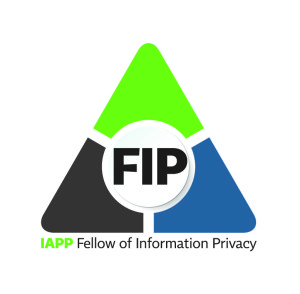This brief from the Center for Democracy and Technology provides key information and guidance about algorithms in the K-12 context for education practitioners, school districts, policymakers, developers and families. It also discusses important considerations around the use of algorithmic systems, including accuracy and limitations, transparency and explanation, and fairness and equity.
Algorithmic Systems in Education: Incorporating Equity and Fairness When Using Student Data
 Approved
Approved

















